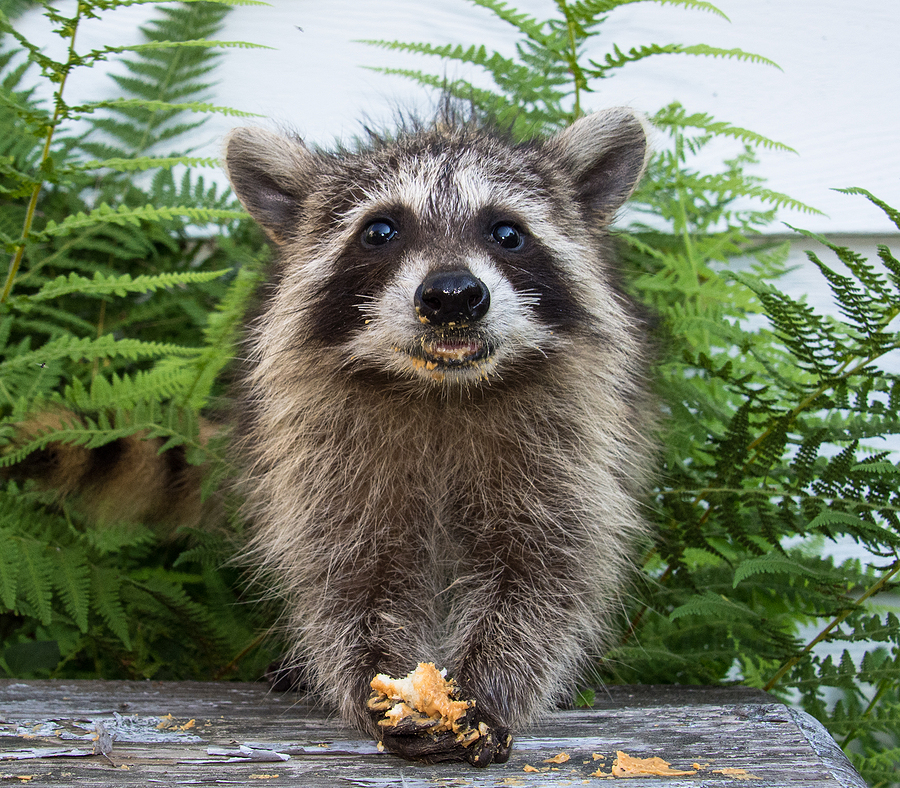Indiana is home to a stunning variety of wildlife, from the majestic white-tailed deer to chirping songbirds and elusive river otters. This rich biodiversity not only makes the state a paradise for nature lovers but also underlines the importance of preserving and protecting these species for future generations.
For residents, it’s crucial to understand Indiana’s wildlife laws and regulations when it comes to animal trapping, wildlife control, and domesticating wild animals. Whether you’re managing nuisance animals on your property or curious about keeping a wild animal as a pet, this guide will provide a comprehensive overview of what you need to know to stay informed and compliant.

Understanding Indiana’s Wildlife Laws
Before handling or interacting with local wildlife, it’s essential to understand the legal framework that governs such activities. Indiana’s wildlife laws are primarily enforced by the Indiana Department of Natural Resources (DNR), which is responsible for ensuring the protection, management, and sustainable use of the state’s animal populations.
Key Points About Indiana’s Wildlife Laws
► Animal Protection and Conservation Regulations
Many of Indiana’s wildlife laws focus on protecting non-game species, migratory birds, and endangered animals. Actions like hunting, capturing, or harming these species are prohibited unless explicitly permitted under special licenses or circumstances.
► Animal Trapping and Wildlife Control
Residents seeking to trap or remove nuisance wildlife must adhere to strict guidelines to ensure humane and legal methods are used. Some situations may require hiring a licensed wildlife control professional.
► Domestication of Wild Animals
Indiana has specific laws regulating the domestication of wild animals, detailing the types of animals that can and cannot be kept as pets. Obtaining the correct permits is a mandatory step in the process.
By following these laws, Indiana residents not only stay compliant but also contribute to the state’s ongoing conservation efforts.
Rules for Wildlife Trapping and Pest Control
Wild animals sometimes invade private property, becoming a nuisance or even a hazard. However, the removal or trapping of these animals is strictly controlled to ensure their humane treatment.
Legal Guidelines for Trapping Animals
- Licensed Trapping: According to the Indiana DNR, any trapping of wild animals requires the approval of a licensed wildlife control professional unless it involves certain exempt species.
- Humane Trapping Methods: It’s illegal to use inhumane or harmful traps. Traps must minimize harm and comply with ethical wildlife removal standards.
When to Call a Professional
If you’re dealing with larger wildlife like raccoons or coyotes, working with a DNR licensed wildlife control company is often necessary. These professionals are trained in safe, legal, and effective wildlife management.
Exemptions for Pest Control
For certain species categorized as pests, including mice and rats, trapping can generally be done without a license. However, it’s recommended to verify specific regulations to avoid legal complications.
Domesticating Wild Animals in Indiana
The idea of having a wild animal as a pet may seem thrilling, but it’s governed by strict rules in Indiana. Although exotic animals, like llamas, elephants, tigers, and armadillos are strictly prohibited, some less-threatening species are accepted with the right permits. Endangered or threatened species are also strictly off-limits, such as Indiana bats and Chimney Swifts.
Wild Animals Allowed as Pets
Indiana law requires permits for keeping certain wild animals as pets. These permits are issued by the DNR and are only granted under specific circumstances. Wild animals must be bred in captivity and cannot be removed directly from the wild.
Class I Permits: Necessary for eastern cottontail rabbits, gray squirrels, fox squirrels, and southern flying squirrels.
Class II Permits: Necessary for beavers, coyotes, gray foxes, red foxes, mink, muskrats, opossums, raccoons, skunks, and weasels.
Class III Permits: Necessary for wolves (must be purebred), venomous snakes, wild cats (excluding feral ones), and crocodiles at least 5 feet long.
Prohibited Species
Certain animals are strictly off-limits for domestication, including but not limited to:
- Wild dogs
- Jackals
- Big cats (e.g., lions, tigers)
- Crocodiles/alligators
- Threatened and endangered species
- Giraffes
- Tree Sloths
- Camels
- Marmosets
- Wild horses
- Zebras
Permitting Process
To domesticate a legal exotic animal, you need to complete an application process with the DNR. The department may inspect your property to ensure it provides appropriate facilities and care for the animal.
Ethical and Safety Considerations
Aside from legalities, it’s essential to consider the ethical and safety implications of keeping wild animals in domestic settings. The welfare of the animal and the safety of those living near it should be top priorities.
Indiana’s Fishing Guidelines
In addition to wildlife laws, the DNR enforces regulations for fishing in Indiana’s lakes and rivers. These guidelines help ensure sustainable use of natural resources while protecting aquatic ecosystems.
Fishing Licenses
Anyone over the age of 17 must obtain a valid fishing license before participating in recreational fishing activities. Licenses can be purchased online or at designated retailers.
Special Regulations
Certain bodies of water have specific regulations, such as size and creel limits for certain fish species. It’s important to research and adhere to these rules to avoid penalties.
Consequences of Violating Wildlife Laws
Violating Indiana’s wildlife laws can have serious legal and ethical consequences.
Legal Penalties
- Fines: Individuals caught violating wildlife regulations may face fines ranging from $50 to thousands of dollars, depending on the severity of the infraction.
- License Revocation: Repeat offenders may lose hunting, trapping, or wildlife control privileges.
- Criminal Charges: Certain violations may result in misdemeanor or felony charges.
Ethical Implications
Ignoring wildlife laws not only harms animal populations but also disrupts ecosystems. Responsible and lawful practices go a long way toward maintaining the balance of nature.
Conclusion
Understanding and adhering to Indiana’s wildlife laws isn’t just about avoiding penalties—it’s about contributing to the preservation of the state’s natural wonders. Whether you’re managing wildlife on your property or considering adding an exotic pet to your home, compliance and ethical behavior ensure these animals continue to thrive in their habitats.
Looking for guidance? If you’re unsure how to handle a wildlife issue or need help interpreting the rules, it’s always best to consult professionals. Licensed wildlife control operators and the Indiana DNR are excellent resources for guidance.
If you’re uncertain about managing a wildlife issue or need clarification on the rules, consulting professionals is always the best approach. Contact Budget Animal Removal at 317-875-3099 for DNR licensed and insured wildlife removal and control in Indianapolis, Indiana and surrounding counties. Request a free estimate or advice, today!
Related Posts:
Protect Your Indiana Home: Recognizing and Dealing with Nuisance Wildlife
Humane and Safe Animal Proofing for Mid-Western Homeowners
Non-Toxic Repellent Recipe for Nuisance Wildlife

